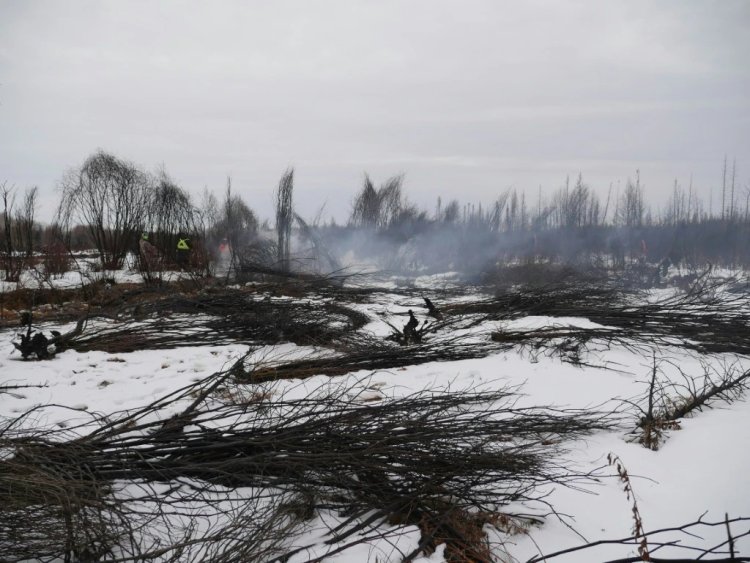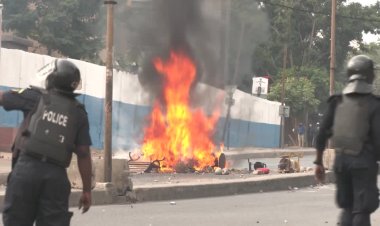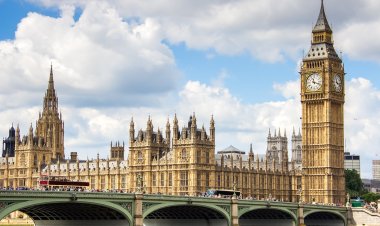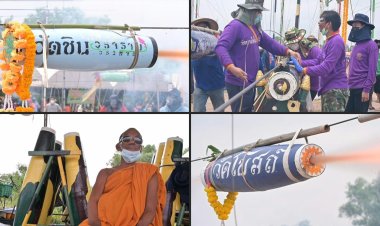Western Canada's Lingering 'Zombie Fires'

Beneath the ground in Western Canada, dozens of so-called "zombie fires" that started last year are still burning.
And even though it's the dead of winter, the lack of snow this year is compounding ongoing drought conditions, leaving Canadians already bracing for another brutal forest fire season.
This year there are 10 to 12 times more zombie fires burning in Western Canada than usual. They smolder beneath the surface of the boreal forest through the winter, sustained by layers of dried peat and organic matter.
Eradicating them is painstaking work. They are difficult to detect -- only letting out wisps of smoke -- and require deep scraping of the ground to expose the humus, or all the decomposed leaves and other plant material compacted into an up to 80-centimeter layer that burns slowly.
In Alberta, the government declared an early start to wildfire season, which normally starts March 1. In addition to zombie fires from last year, authorities are also fighting new blazes that have sprung up this year.
In British Columbia, a record number of fires are currently active.
Zombie fires are especially feared by firefighters because they can re-emerge as raging infernos after the spring thaw.
In 2023, Canada experienced the worst fire season in its history. More than 18 million hectares of forests and grasslands burned, and some 200,000 people were displaced by blazes while smoke spread as far as the United States and Europe.
Now, just three months after the official end of the 2023 wildfire season, experts are already concerned about this year.
According to Natural Resources Canada, snow cover has decreased by 5 to 10 percent per decade since 1981. And this winter was marked by mild winter temperatures, which were on average 4 degrees Celsius above seasonal norms, according to the environment ministry.















